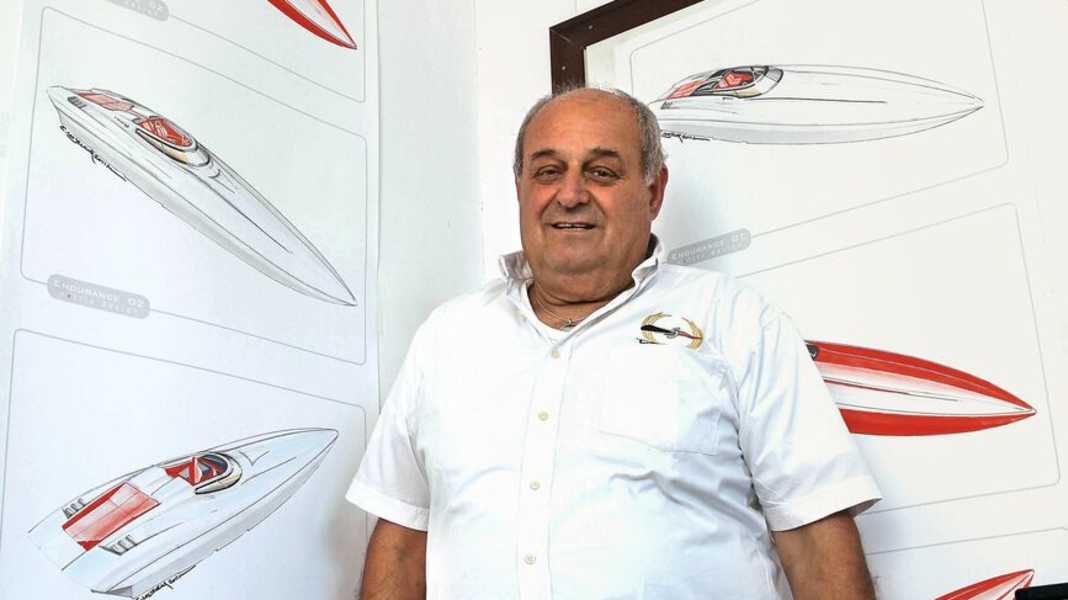
The iconic scene was filmed in the early 1980s, in the Mediterranean off the French coast. A speedboat chases across the smooth water in the sunshine, pursued by a helicopter flying at low altitude above its wake. An athletic man stands on the right landing skid, ready to jump at the right moment. The lettering "Tullio Abbate" in a golden laurel wreath is clearly visible on the hull of the boat. Finally, the man jumps, lands on the sunbed and takes control of the boat, gun in hand. It is none other than Jean-Paul Belmondo, who has just completed one of the most spectacular stunts of his career for the action film "The Outsider".
Millions of cinema-goers also saw one of Tullio Abbate's early designs, even if they may not have paid too much attention to the boat itself in the supporting role: "Mister Nicolas", a Model 36 from Abbate Offshore loaned to the film producer, was originally commissioned by Formula 1 world champion Alain Prost to celebrate the birth of his son Nicolas.
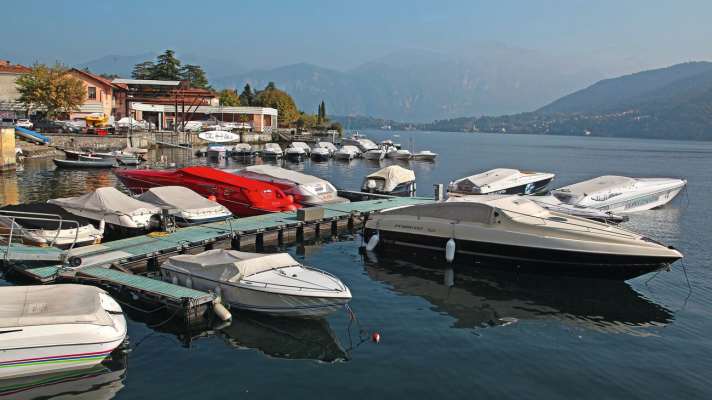
In a way, the fast-paced short appearance on the screen sums up much of what Tullio's life and work was all about: the thrill of speed, the races, the risk-taking at the limit on land and water, but also the glitz and glamour of the jet set, a loyal clientele of famous friends and discerning connoisseurs.
With his engaging manner and great sense of humour, Tullio combined his own seductive power with that of his "Ferrari of the seas": "It was the sound of my boats with which I was able to enchant both Herbert von Karajan and Diego Maradona." In view of his achievements as a racing driver and boat builder, some felt tempted to draw comparisons with Enzo Ferrari, the legendary "Commendatore" from Maranello. But that was too bold for Tullio's modesty. What's more, the man with the prancing horse was known for his reclusiveness and solitary solitude, while Tullio himself, despite his temperamental and sometimes authoritarian nature, liked to laugh often and was very comfortable in the company of others.
Born on 14 July 1944 as the eldest son of Guido Abbate, Tullio grew up in a family of boat builders who had been working on the shores of Lake Como for several generations. His father was his great inspiration: in 1946, shortly after the war, he received the first gold medal from the Italian motorboat association for "Pamblo", the pioneering prototype of a very fast runabout powered by a surface propeller.
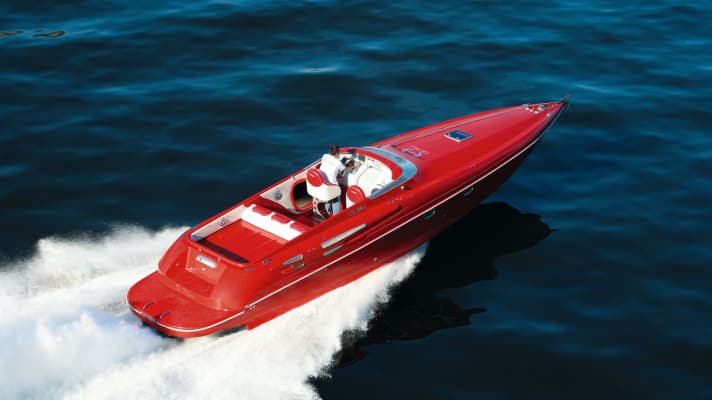
Guido Abbate often hosted important visitors and customers at his shipyard, and the young Tullio never missed a thing. In the early 1950s, it was a place where you could meet engineers such as a certain Giulio Alfieri, who would later become head of Maserati, or Mario Verga, the famous speedboat champion who set a new world speed record on the water in 1953. His Abbate hull was powered by the same engine as Juan Manuel Fangio's Formula 1 racing car from the Alfa Romeo factory.
Tullio was given a box seat for the enormous technical development that took place in the second half of the twentieth century: initially still classic wooden boatbuilding, speed records with three-point and later four-point hulls, deep V-spars, sleek catamarans, the crucial question of outboard or inboard, the rise of the offshore scene, the construction of prototypes for rich individualists, sprint and long-distance victories, the triumphant advance of GRP, the endless race for ever more engine power, the marinisation of Lamborghini, Ferrari or Porsche engines and finally even industrial series production.
But step by step: as a sixteen-year-old, Tullio won the European Championships in Cannes as a co-pilot in 1960. He loved everything French, and it was in France in the early sixties that he had the revelation of his life: "It seemed like a miraculous apparition to me. I took part in the Six Hours of Paris and saw a small boat with a deep-V hull, quite ugly and, even worse, made of plastic. A nightmare for all traditionalists." But the young man recognised the potential of the new material. As you might expect, his father at home on Lake Como didn't want to hear anything about plastic.
But Tullio Abbate was not to be dissuaded from his endeavour and began building boats from GRP on his own initiative. The rest is history and has gone down in the annals of international motorboat racing: more than two hundred and fifty victories and a long list of world records, the last one in 1997 with an average speed of over 223 kilometres per hour.
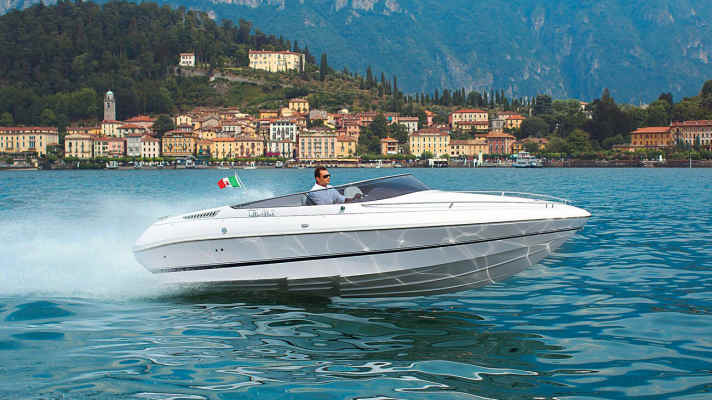
Regardless of whether he was at the wheel or not, the Abbate name had become a prestigious trademark. The laurel logo stood as a symbol of triumph, always associated with the number 5, his first starting number, which he had received from the Motor Boating Federation. In 1963, he painted it on the first racing boat he designed, with which he immediately won the Centomiglia del Lario at the age of 19. From then on, he always firmly believed in his lucky number: when his father Guido retired in 1975, Tullio took over the shipyard and expanded it considerably. Until the mid-1980s, no fewer than two hundred and fifty newbuildings left the factory halls in Lombardy every year.
The Sea Star series from 1979 onwards set the ball rolling for success. Its design was as original as it was timeless, one version followed the next, and even though changes were made to the design time and again, the basic line remained the same over the years. Similarly to another classic, the Porsche 911, the first offshore models came onto the market at the same time, powerful cars from 33 to 42 feet long and later even longer. With the leading automotive designer Giorgetto Giugiaro, projects with a length of up to 80 feet were even tackled.
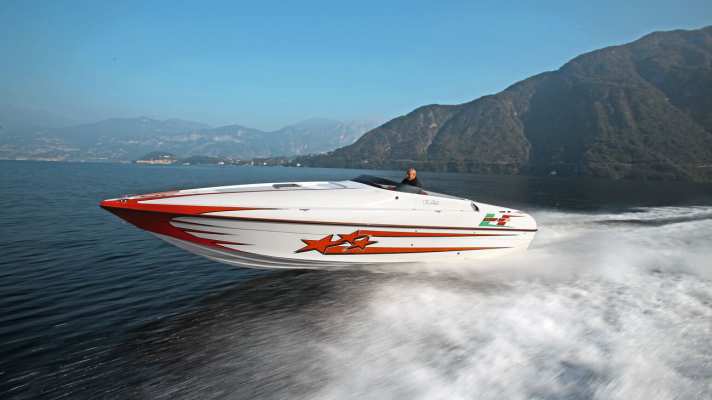
Tullio was never too keen to lend a hand himself. He often travelled to Monaco and the Côte d'Azur to fine-tune a customer's boat at the very last minute. This is how people who have worked with him, such as Maurice Marth from Grimaud, describe him: "Tullio was always available and enthusiastic when it came to solving a problem. After all, an Abbate is there for pleasure, and Tullio especially loved to make people completely happy in this respect."
Like Theo Rossi di Montelera and Fabio Buzzi, who died in an accident in September 2019, Tullio was honoured with the highest sporting award in his home country. The champion himself has since been consigned to history. He died in Milan in April 2020 at the age of 77. But his son Tullio Junior has already taken up the torch. One year before his father's death, he was able to dedicate his first title to him: Endurance World Champion.
You can find the report "In the wake of the legend" with more pictures in BOOTE issue 05/2022 - available from newsagents from 20 April 2022 or online atDelius Klasing Shop.

